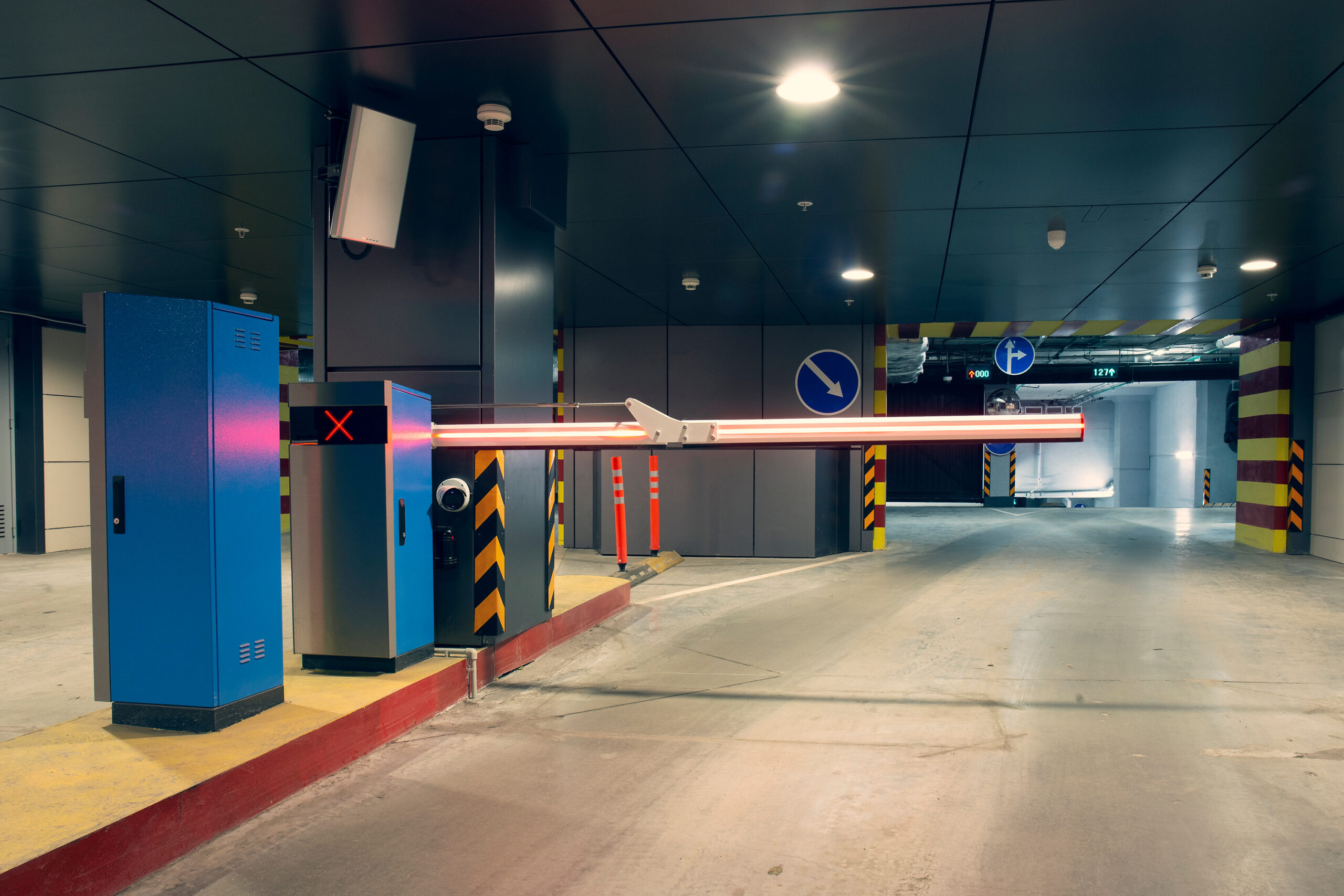
Signage Essentials for Your Parking Facility
July 26, 2024
Got signs? Providing high-quality, easy-to-understand signage for your parking facility isn’t just a nice thing to do for your customers. In many cases, it’s also the law. The most important are the Americans with Disabilities Act (ADA) requirements for handicapped parking spaces and accompanying signs. These laws are administered not just by the federal ADA but also by state agencies, and they vary by state. Therefore, it’s important for you, as a parking facility manager, to know what the regulations are for parking lot signage in your state.
Keep reading to learn more about signage essentials for parking facilities.
FC Valet provides professional, highly effective parking facility management services, from staffing and maintenance tasks to inspecting lights and signage, coordinating with valet and shuttle bus services, and providing customer support.
Importance of Signage in Parking Lots
Parking lot signs are extremely important. In addition to staying compliant with state and federal laws, signs also help to direct the flow of traffic, alert customers to EV charging stations, inform about parking fees, indicate the direction of traffic, point out walkways, and more.
Parking facilities are required to have accessible parking spaces, and you must indicate these spaces with signs. Failing to do so can put the owner in legal jeopardy. You may be required to remedy it, pay a fine, and you might even be sued.
Not having clear signage showing traffic flow and pedestrian walkways causes confusion and congestion in your facility, accidents, and possible lawsuits. The exact requirements depend on your state and local laws.
What signs are required in a parking lot?
Required parking lot signs will depend on the size and location of your parking facility and the legal requirements of your state and locality.
Signs that are required by law are:
- Handicapped parking signs – The number of signs you need depends on how many parking spaces you’re required to have. Small lots with 1-25 spaces need at least one accessible space, whereas lots with at least 1,001 spaces need one or every 100 spaces, plus 20 more.
- Fire lane signs – Your local fire department dictates the location of fire lanes (and signs).
Other signs that may be required are:
- Directional – to guide the flow of traffic and prevent accidents
- No parking – entrances, loading zones
- Traffic control – ensures traffic moves in the same direction, reduces congestion
- Customer parking only – or to indicate parking restrictions, such as spaces for doctors and nurses in hospitals and medical facilities, people with special permits, etc.
- Parking lot rules – e.g., compact vehicles only, oversized vehicles, no standing, not responsible for lost items, etc.
- Parking lot fees – costs for parking and time limits
You might also require stop signs, do not block driveway signs, pedestrian crossing signs, EV charging station signs, tow zones, and speed limit signs. These are just the most common signs found in parking facilities to ensure a smooth, successful operation and minimize owner liability.
What are the benefits of parking signs?
Using parking signs in your facility keeps your customers safe, prevents potential accidents and lawsuits, and keeps traffic flowing smoothly allowing vehicles and people to move in and out quickly. This improves customer satisfaction, which leads to more business and greater profitability. Parking signs also keep you in compliance with state and federal laws and help educate customers about lot hours, prices, and policies.
Essentials For Your Parking Facility Signage
There may be very specific rules for parking lot signage in your state and city, especially for accessible parking. They will likely require that you use the International Symbol of Access along with text and it may need to be in blue with white lettering and a particular size.
Design Variations
In some cases, you can use custom signs with a particular color or design to complement your facility—for example, a hotel or restaurant. But all signs should use a clear, easy-to-read typeface.
The Function of Certain Important Signs
The primary reasons for parking lot signage are safety and organization. Signs for accessibility are to help those with mobility issues quickly find suitable parking. Fire lane signs keep areas open for emergency vehicles. Stop signs and directional signs help to prevent accidents.
Material Options
Parking lot signs are typically made from durable PVC, acrylic, plastic, and aluminum. These signs have bright colors and are often reflective so they can be seen with headlights at night.
Parking Sign Regulations
Specific requirements for parking lot signs are often set by local authorities. Check with your state and city agencies. The one exception is for accessibility signs, which the federal ADA governs.
Where To Place Your Signs
For fire lane signs, the usual requirement is every 25 feet, according to fire and building codes. Handicapped parking signs should be placed at each space. Special van spaces require an additional sign mounted below it that says “Van Accessible.” Signs should be mounted at least 5 feet from the bottom of the sign to the floor and no more than 8 feet to the sign’s top. These are just the rules for Massachusetts; your state may differ.
Find Expert Parking Management Services
As a leader in parking and hospitality, FC Valet doesn’t just park cars. We provide a wide range of services, including comprehensive parking lot management. From advising facility owners and managers who want to add a parking lot for their guests, to upgrading an existing facility’s operations, FC Valet does it all. We help guide parking lot operators in the right direction with our years of expertise, for well-managed parking. When it comes to lot signage, we know what you need for safety, compliance, and optimal efficiency.
Trust the experts with your parking management needs. From signage to optimizing your parking lot, contact us today so that we can guide you toward a smooth parking operation.